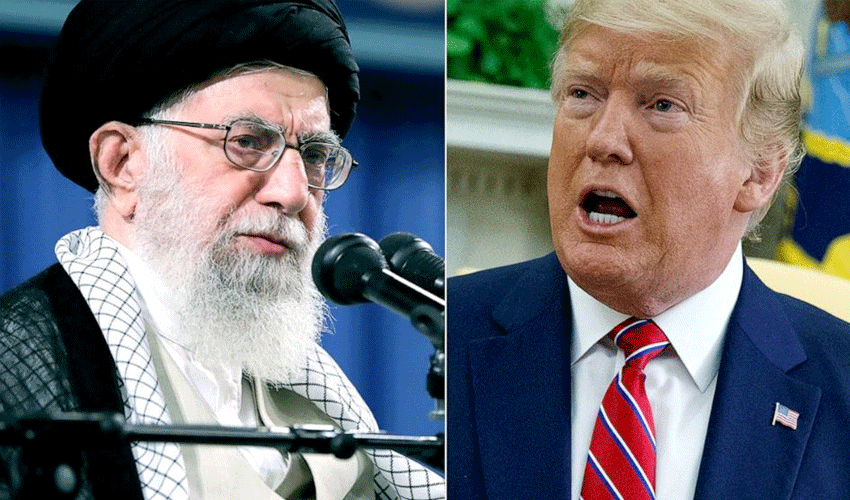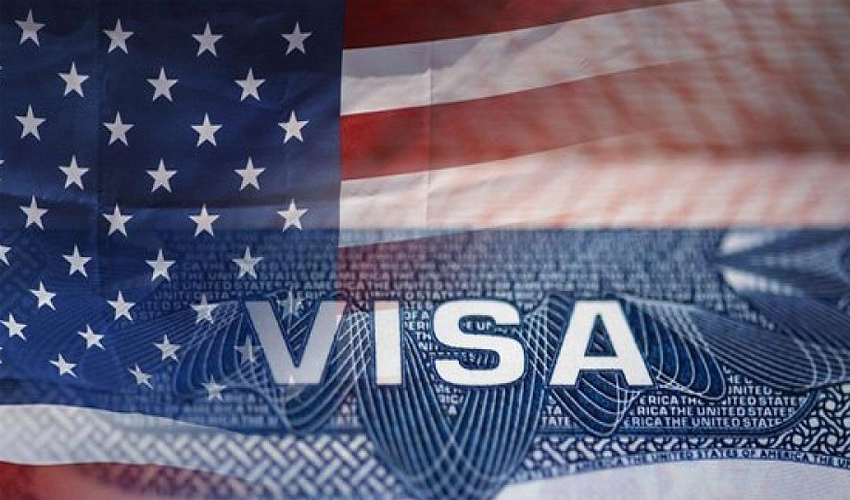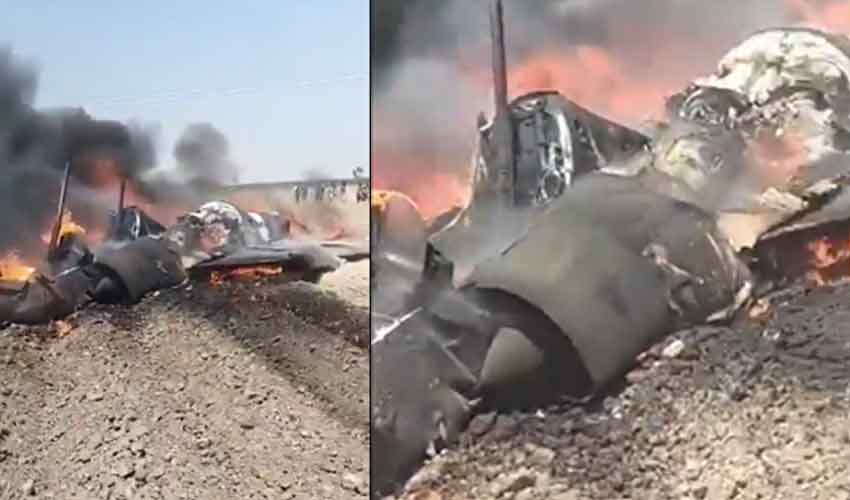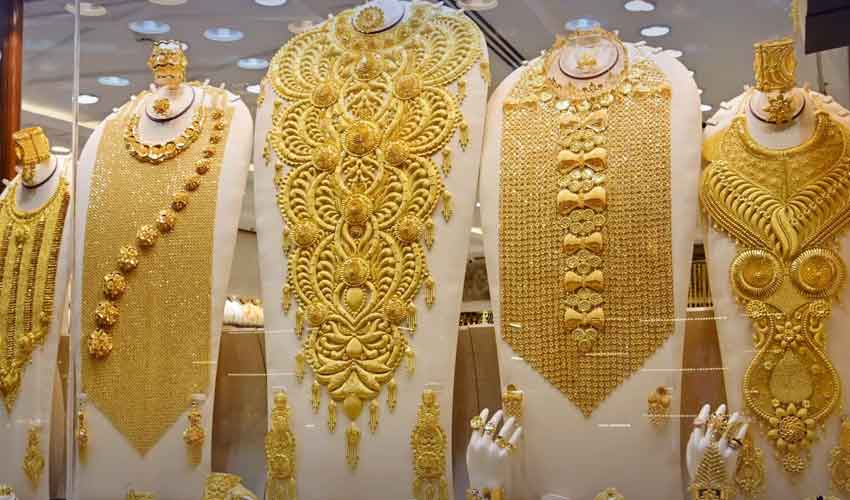The United States and Iran have opened critical nuclear talks in the Sultanate of Oman today, marking a rare moment of diplomacy in a region shadowed by decades of hostility, deep mistrust, and rising military threats.
The indirect discussions, facilitated by Omani mediators, come after weeks of heightened rhetoric and military posturing, with both nations warning of serious consequences should negotiations fail.
The talks, described as “indirect” by Iranian officials and “high-level” by the White House, bring together U.S. Special Envoy Steve Witkoff and Iranian Deputy Foreign Minister Abbas Araghchi.
Both envoys arrived in Muscat after a flurry of regional consultations—Witkoff, notably, after meetings in Moscow with Russian President Vladimir Putin, and Araghchi carrying a mandate from Tehran’s highest authority, Supreme Leader Ayatollah Ali Khamenei.
The atmosphere is fraught. Just weeks ago, U.S. President Donald Trump gave Iran a two-month ultimatum to curtail its uranium enrichment activities or face potential military strikes—likely involving U.S. ally Israel.
On Monday, Trump warned that if the talks in Oman collapse, Iran could face a “very bad day.”
Pressure mounts on Khamenei from within
According to a New York Times report, Khamenei’s decision to allow negotiations came after unprecedented pressure from within Iran’s ruling elite. Key figures, including Parliament Speaker Mohammad Baqer Qalibaf and President Massoud Pezeshkian, warned of economic collapse and internal unrest if military conflict erupts.
Cities such as Yazd are already suffering blackouts and water shortages, with government offices and schools shuttered due to the crisis.
Sources close to Tehran's leadership say Khamenei has authorized indirect engagement under strict conditions: Iran is open to limiting uranium enrichment and allowing tighter international monitoring but will not negotiate its ballistic missile program—an issue U.S. officials deem central to any durable agreement.
Backchannel diplomacy and economic lures
While both parties insist there will be no face-to-face engagement, history suggests otherwise. Former diplomat Hossein Mousavian revealed that during the 2015 nuclear talks, similar denials preceded direct interactions. Analysts believe Oman’s neutral status may again serve as the stage for behind-the-scenes breakthroughs.
There are also signs of strategic messaging. Iranian officials have hinted at openness to American investment—language likely crafted to appeal to Witkoff, a former real estate mogul and a loyal Trump ally. Iran’s reformist media is seizing on this, painting potential economic recovery through sanctions relief as a key opportunity, while hardliners remain skeptical.
“This is not just about uranium levels or centrifuges,” says Dr. Nasrin Alavi, a political analyst based in London. “This is about the survival of a system facing domestic dissent and external threats. There’s a real willingness in Tehran to test the diplomatic waters—albeit with caution.”
The urgency of the talks cannot be overstated. In early April, the U.S. deployed B-2 bombers capable of striking deep into Iranian territory to Diego Garcia, a strategic military base in the Indian Ocean. Experts view this as a deliberate show of force—a signal that Washington is seriously weighing military options.
“This has echoes of pre-war mobilizations seen in 2001 and 2003,” warns Middle East security expert David Rigoulet-Roze. “It’s not a bluff. Both parties know this could spiral fast if diplomacy fails.”
Meanwhile, the International Atomic Energy Agency (IAEA) has reported that Iran’s enriched uranium stockpile—now at 60% purity—could be converted into enough material for up to seven nuclear bombs. Though Tehran continues to insist its program is peaceful, Western officials are increasingly alarmed.
Europe and Russia’s quiet role
While the United States and Iran dominate headlines, regional and global players are watching closely. Germany, France, and the United Kingdom—co-signatories of the now-defunct Joint Comprehensive Plan of Action (JCPOA)—have expressed cautious optimism about the Oman talks.
Russia and China, meanwhile, have held technical consultations with Iran on nuclear policy. Witkoff’s prior meeting with Putin has added to speculation that Moscow may act as an unofficial guarantor or advisor, nudging Iran toward compromise.
Iranian Foreign Ministry spokesperson Ismail Baqai struck a measured tone on Friday: “We are offering diplomacy a chance with good intentions and full vigilance. Now the ball is in Washington’s court.”
As the deadline set by Trump looms in mid-May, there is a growing sense that the Oman talks may represent the last viable path to a diplomatic breakthrough. While officials on both sides have downplayed expectations, regional observers say even a limited framework agreement could stabilize the situation and buy time for further negotiations.
For now, the world watches Muscat—not with hope, but with a mix of anxiety and urgency. What unfolds in these next few days could determine whether the Middle East edges closer to diplomacy or war.
Why Oman?
Oman’s unique role as a regional mediator makes it a logical choice for these high-stakes talks. It was Muscat that hosted key backchannel discussions during the early stages of the 2015 nuclear deal.
The sultanate’s non-interventionist foreign policy and trusted relationships with both Tehran and Washington offer a quiet stage for dialogue when no other exists.
“Oman doesn’t make headlines, and that’s exactly why it works,” notes Dr. Mahjoob Zweiri of Qatar University. “They’re invisible until they matter.”
What’s Next?
- Timeline: Trump’s two-month deadline ends in mid-May.
- Key unresolved issues: Iran’s missile program, regional proxy support, full return to JCPOA limits.
- Potential outcomes: Framework agreement, partial sanctions relief, or military escalation.



























